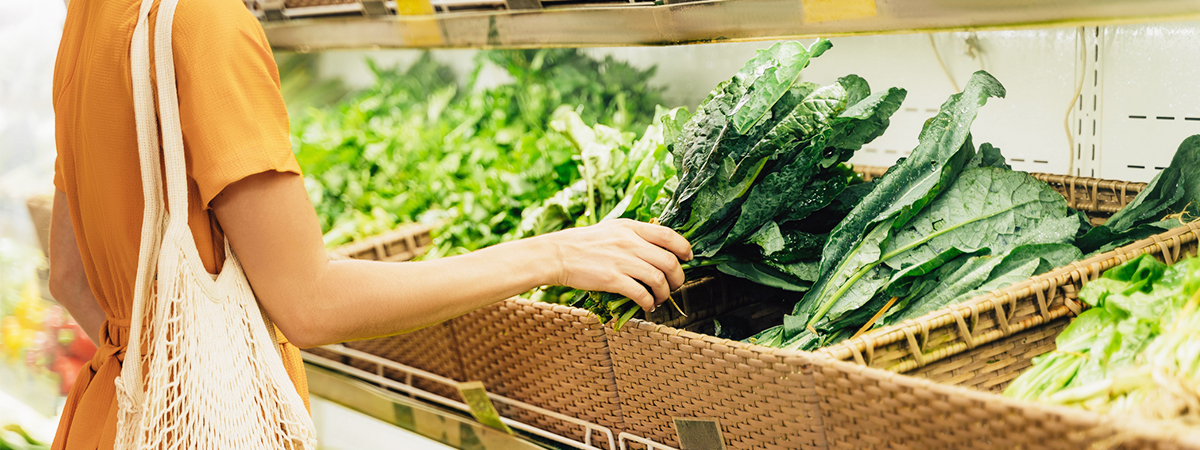Editor's Note: This article was originally featured on the Oliver Wyman Forum.
The pandemic has altered many consumer behaviors over the past year and a half, but few are as dramatic as the shift (and disruptions) in food shopping. People who never thought twice about running out to the store for a few items suddenly had to worry about the risk of catching the coronavirus or the availability of toilet paper. The impact was dramatic: Where once price was king, shoppers quickly turned to health and safety at almost any price.
In May, people ranked “impact on my personal finances” as the second lowest among seven criteria for making grocery purchasing decisions, according to the Oliver Wyman Forum’s Global Consumer Sentiment survey, which gathers opinion from 10 countries. Only 42 percent of respondents rated this factor as important or very important, or barely half as many who cited health and safety as important or very important.
Before the pandemic, price traditionally ranked as one of the most-important factors in grocery. Yet even as vaccinations are up and many advanced economies have begun to open, consumers are not reverting to pre-COVID preferences. In fact, the importance of price in US grocery retail has continued to wane. Only 24 percent of American consumers cited price as important or very important in their grocery shopping decisions in May, down from 36 percent in September. By contrast, the importance of health and safety and ease and convenience have remained high or increased during that time.
Which changes in consumer behavior are likely to become permanent and which will revert back to pre-COVID norms? That is the big question facing everyone from commercial real estate developers to corporate talent recruiters to transit authorities and urban planners. We can’t draw firm conclusions just yet, but every day that pandemic changes persist suggests the impact is likely to endure.
There may be more to price sensitivity than meets the eye. Many consumer goods companies have been shrinking product sizes to pass along higher raw materials costs, which suggests concern that higher prices could deter some shoppers.
Still, food retailers should welcome any downgrading of price considerations. They faced a jump in costs during the crisis for things like plexiglass barriers and increased sanitization, and they had to suspend some high-margin offerings like hot food buffets. Rebuilding profit margins can enable retailers to invest in better delivery capabilities, healthier food products, and easier-to-navigate store layouts. Such forward-thinking investments may build customer loyalty in the new normal.


